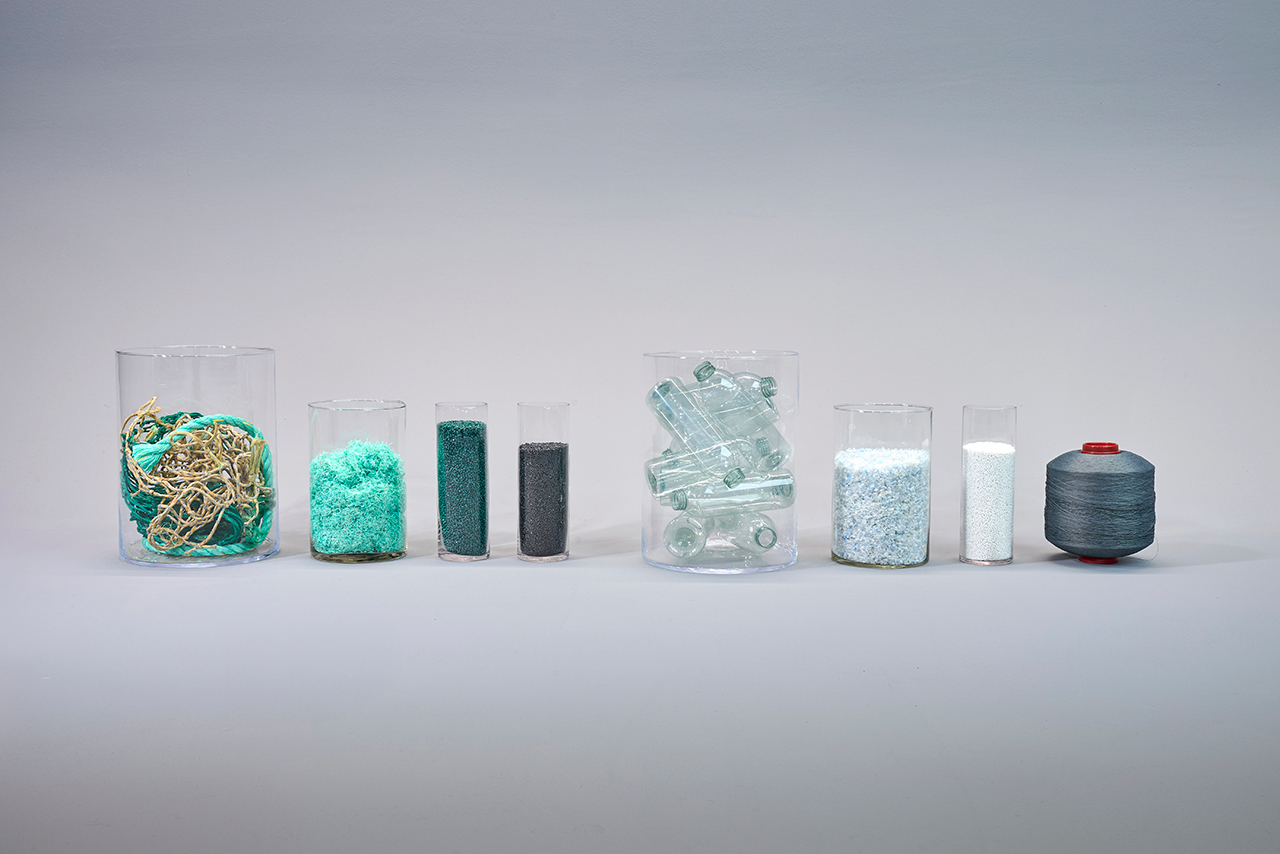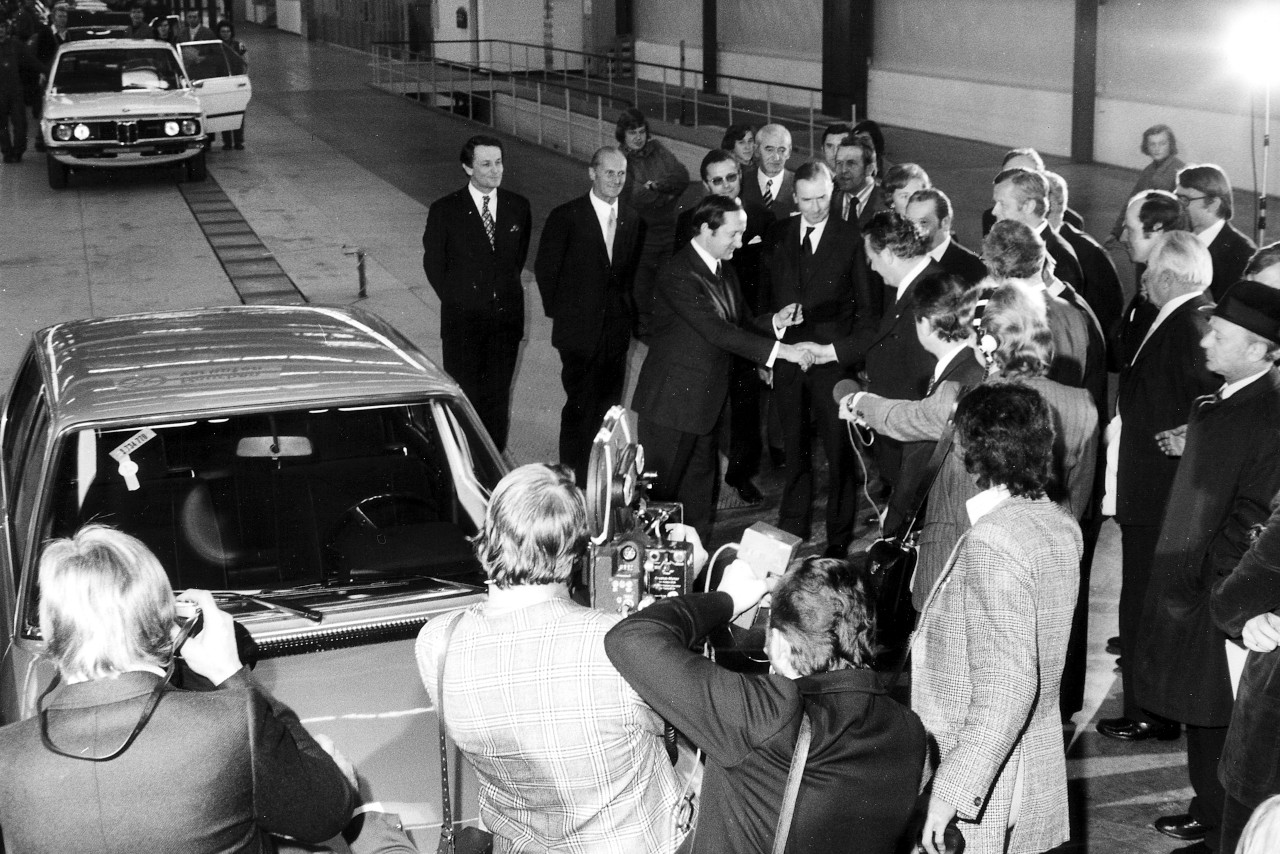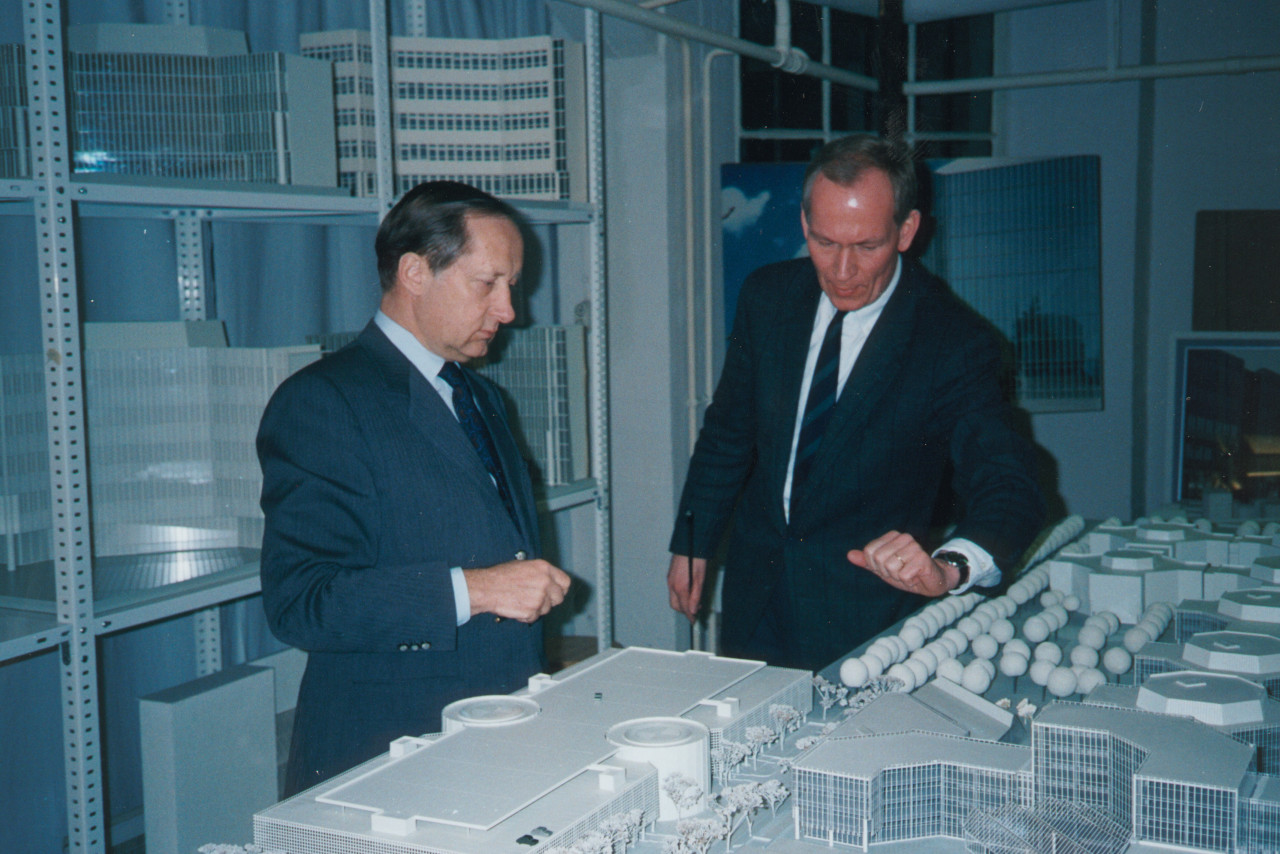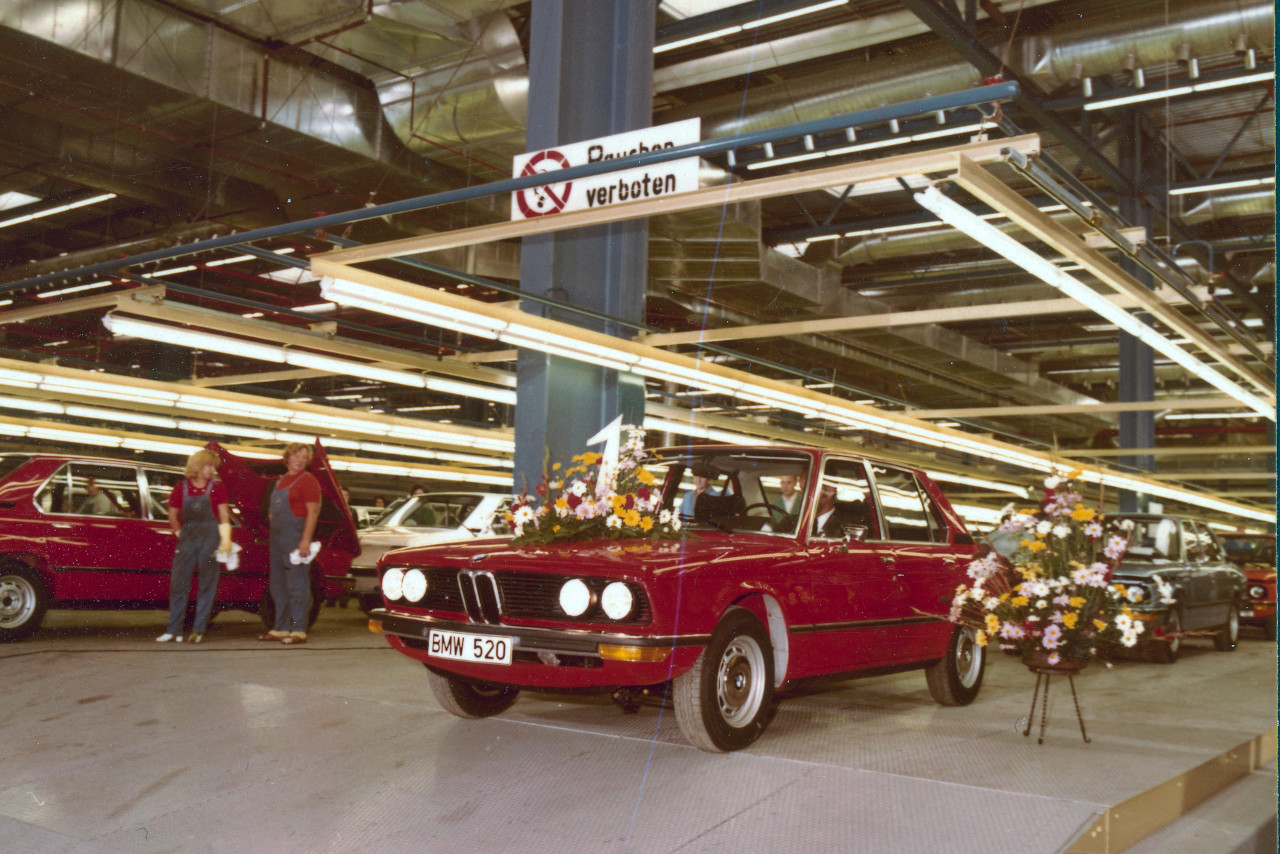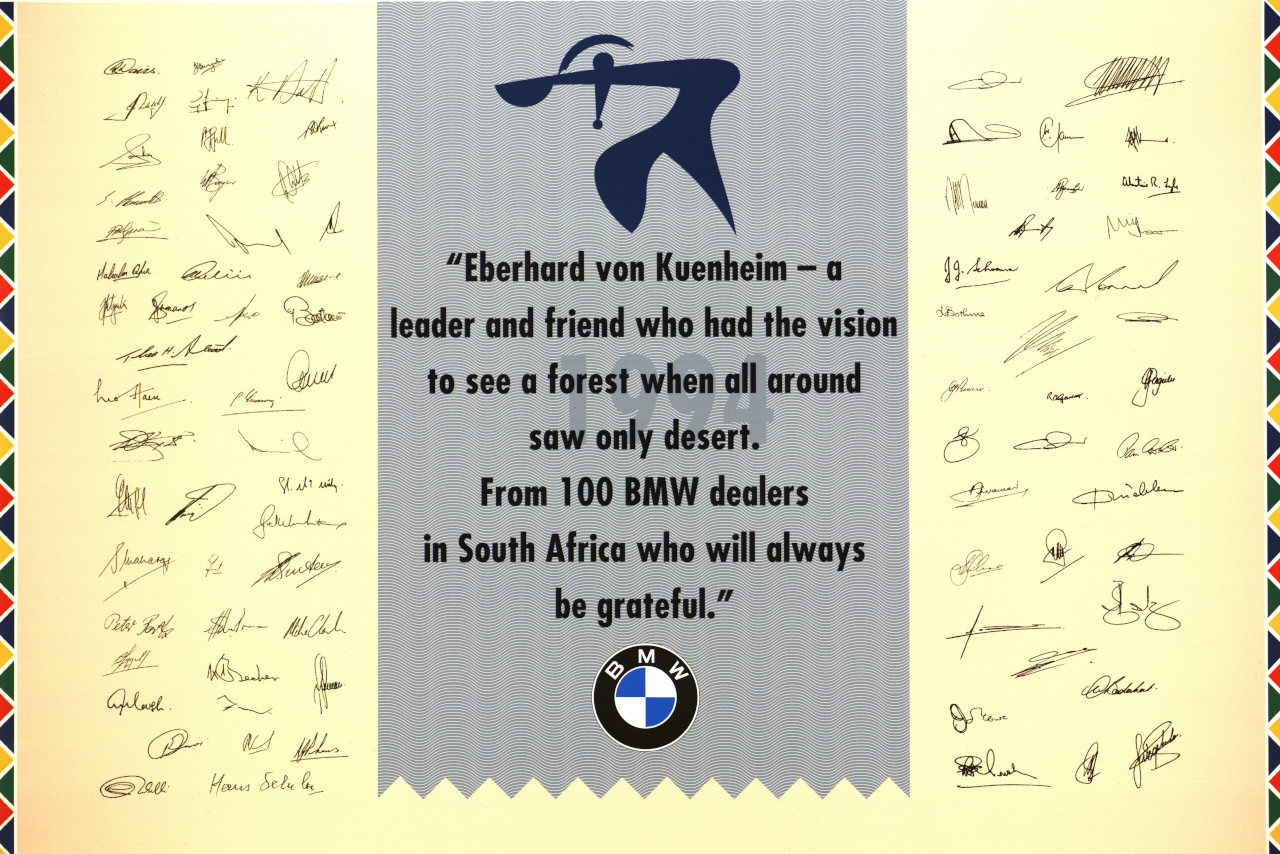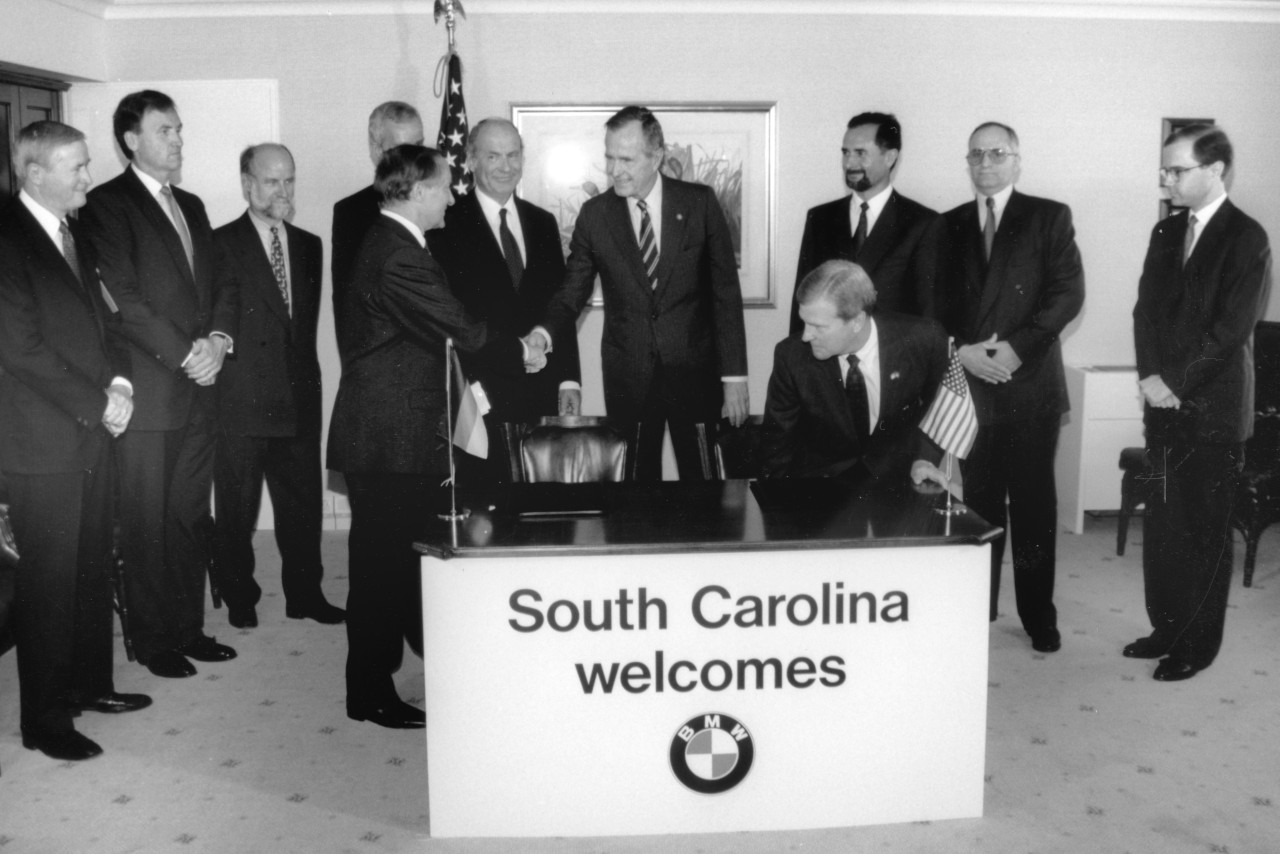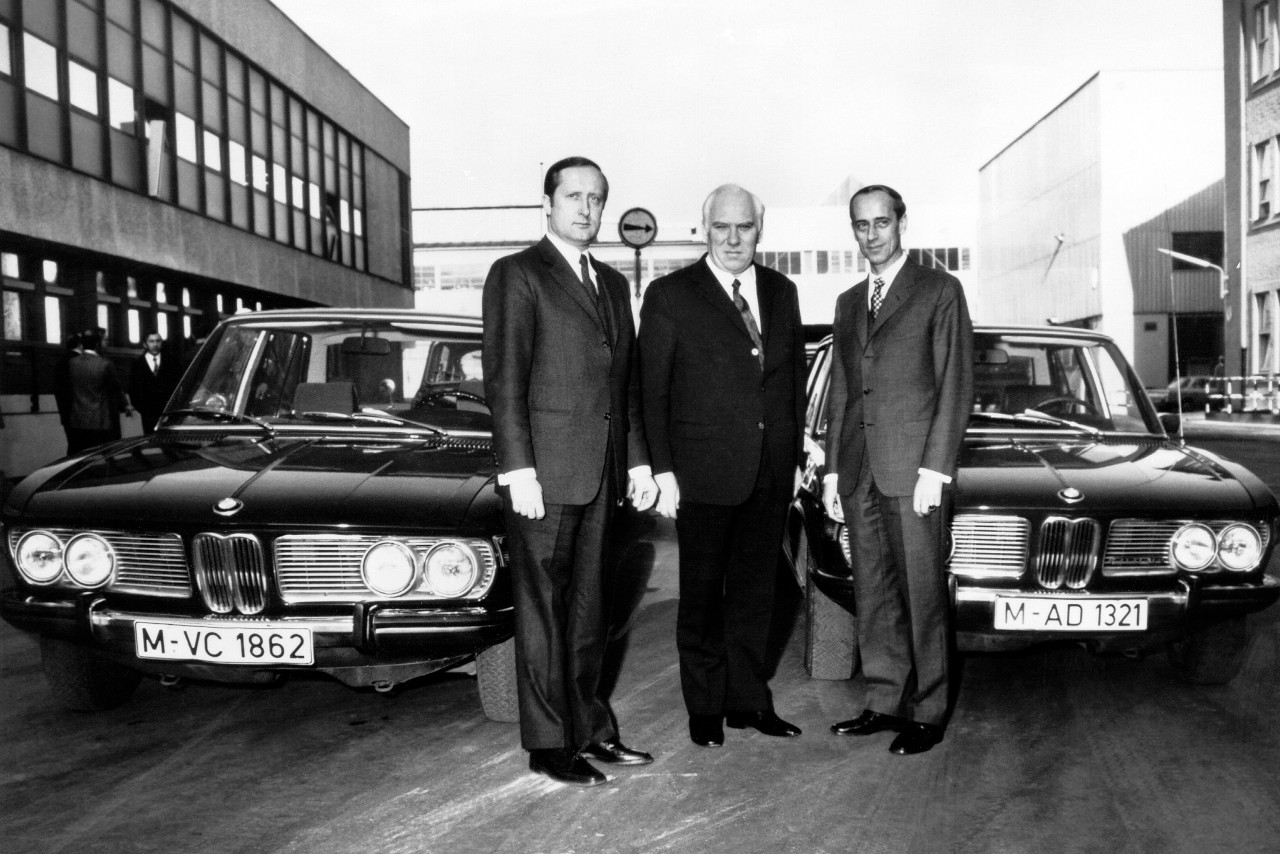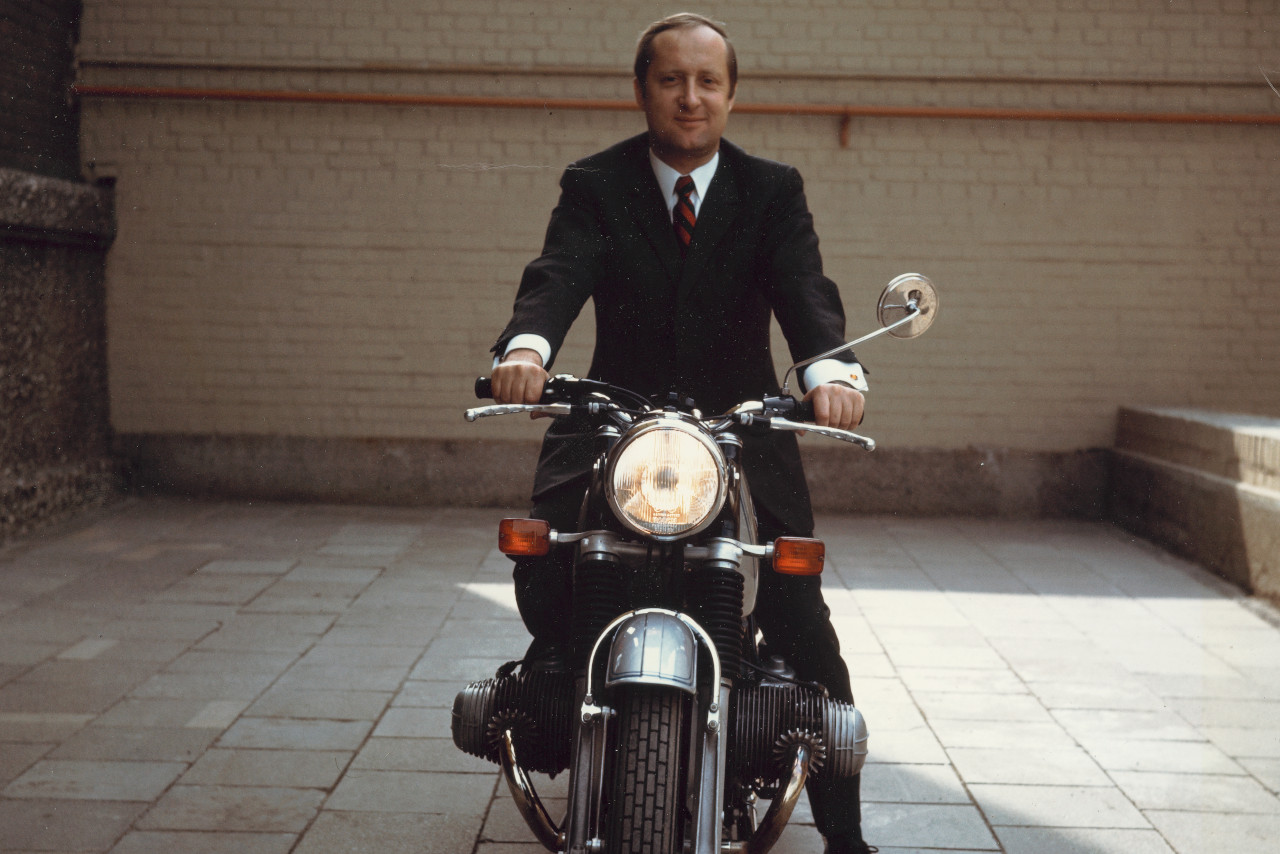Eberhard v. Kuenheim set a pivotal course for the BMW Group over three decades: with clear principles, extraordinary discipline and strategic vision. The growth into a global corporation that the company and all its employees enjoy today is entirely due to his work. On 2 October 2023, he celebrates his 95th birthday.
On 1 January 1970, aged just 41, Eberhard v. Kuenheim became Chairman of the Board of Management of BMW AG. At the time, he was the youngest head of a large German industrial company. BMW AG had some landmark decisions to make following the economic success it enjoyed from the Neue Klasse and its strong growth during the 1960s. The company’s structure had not kept pace in many aspects. Significant reorganisation was essential to secure future and further growth.










